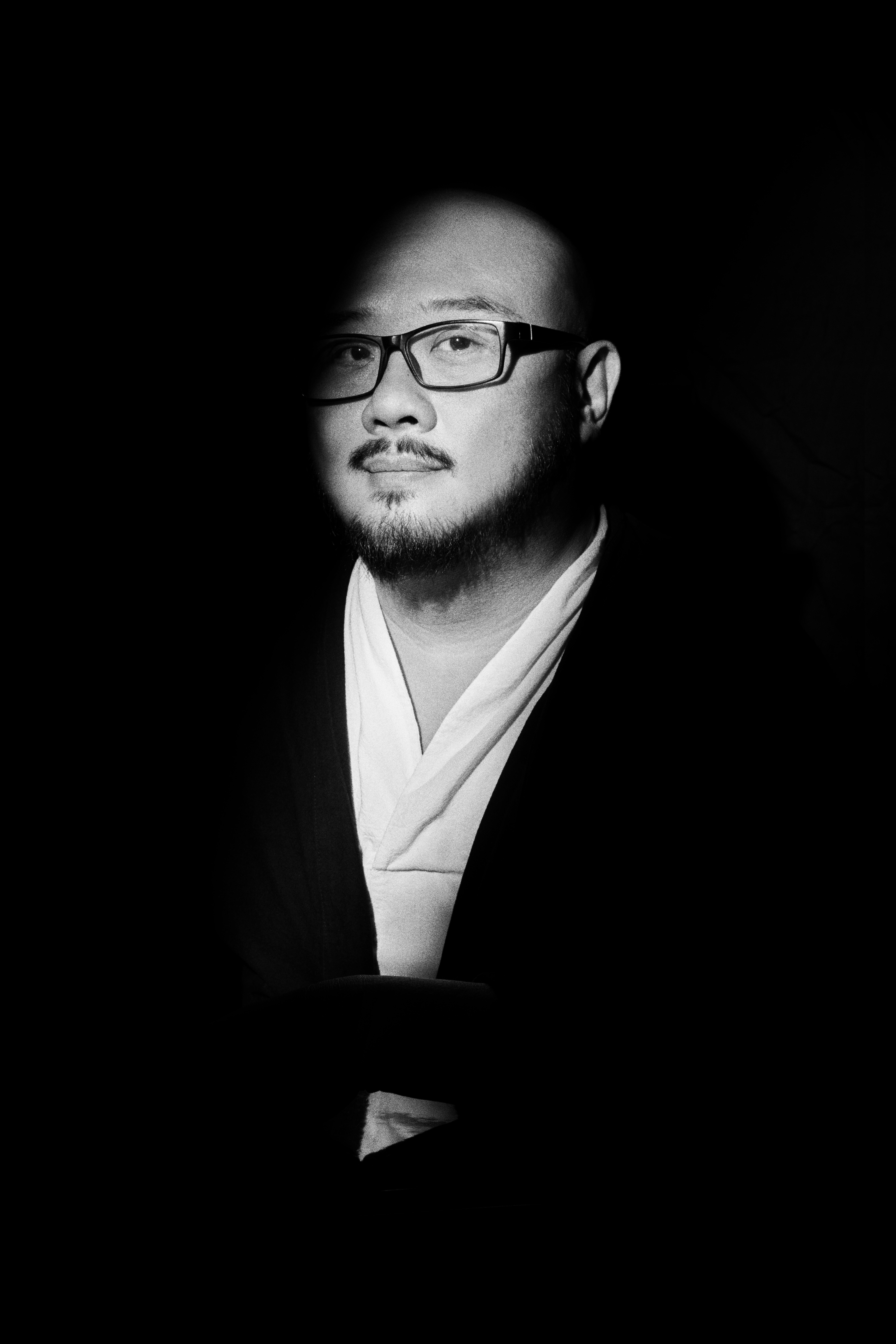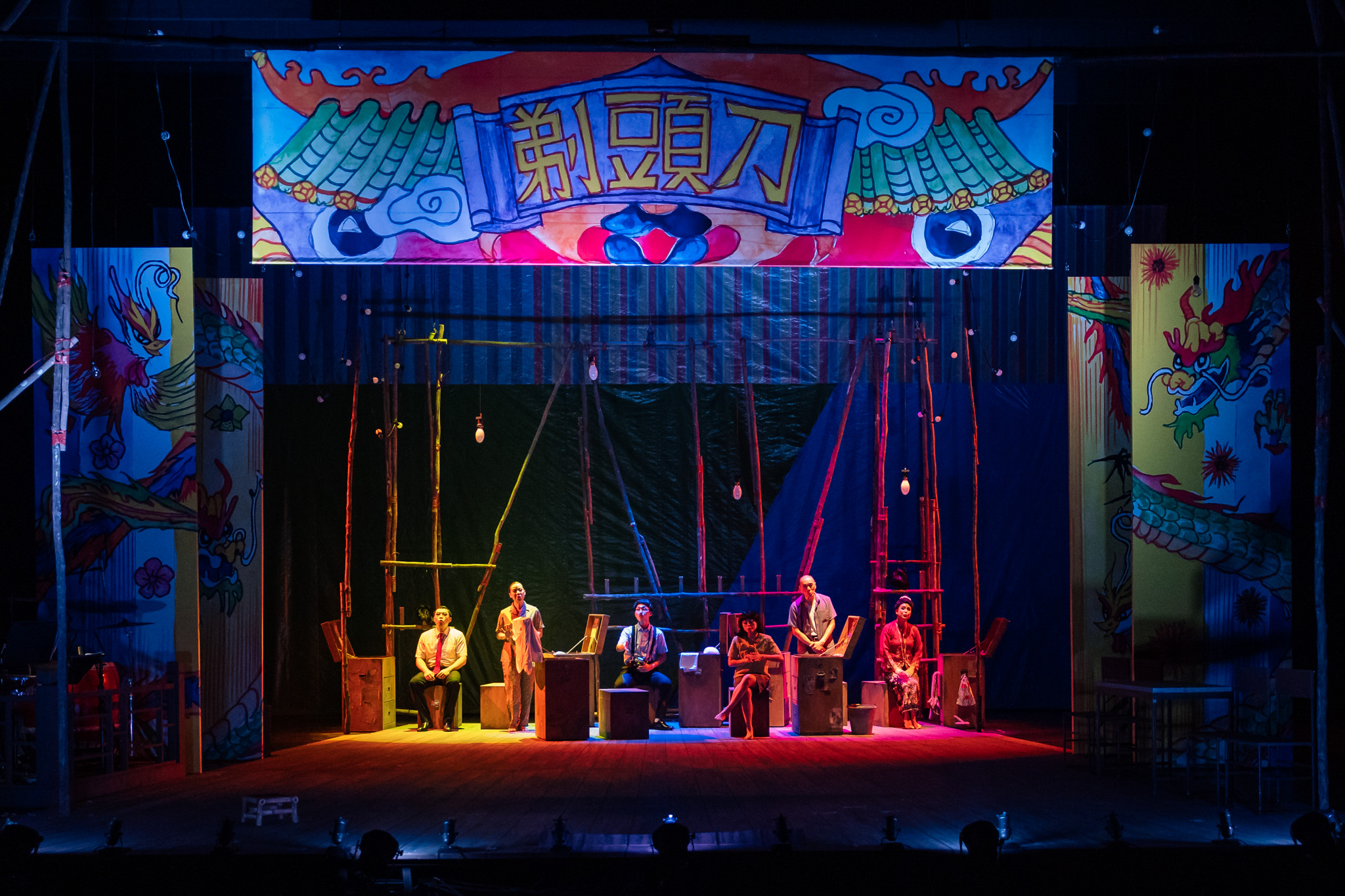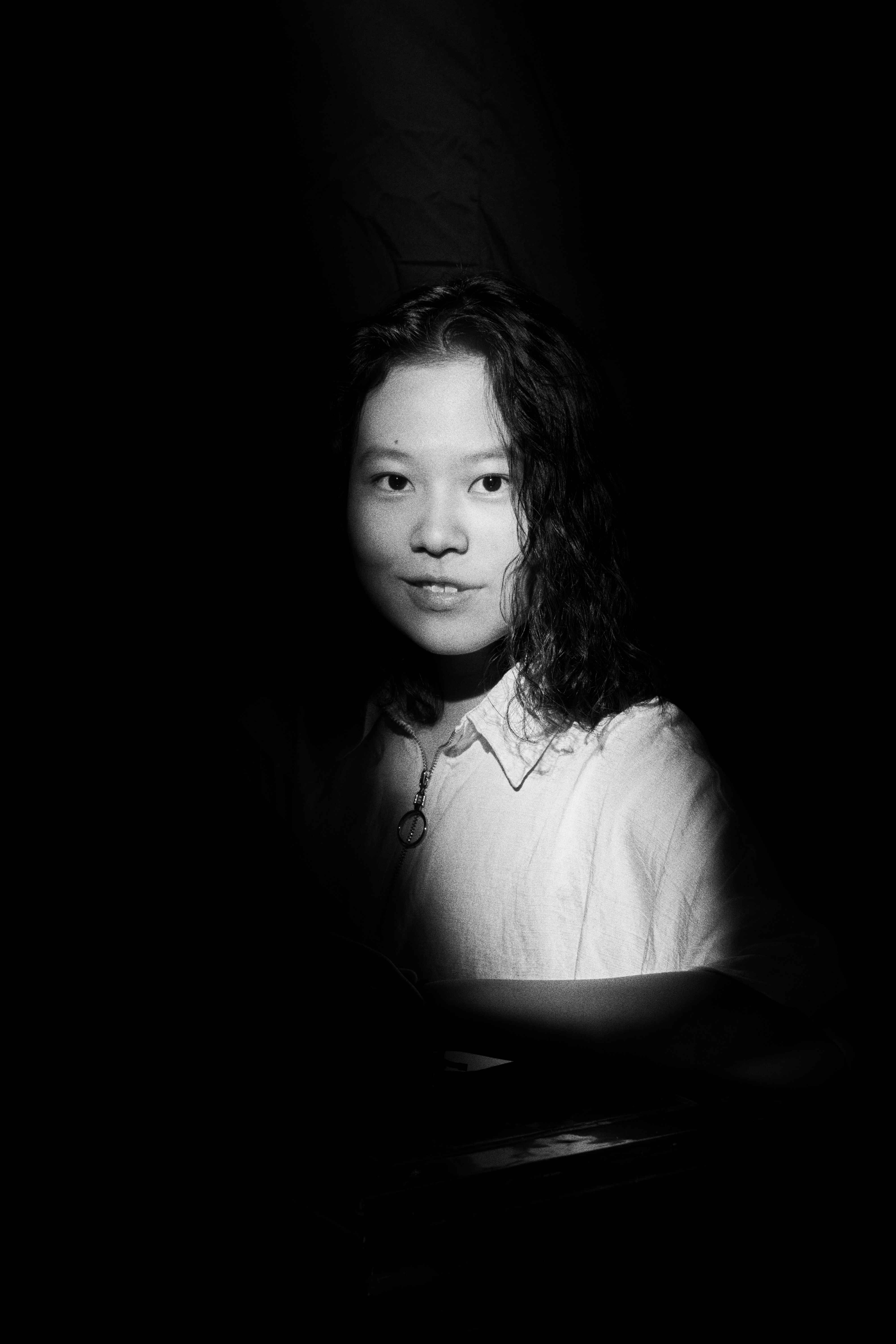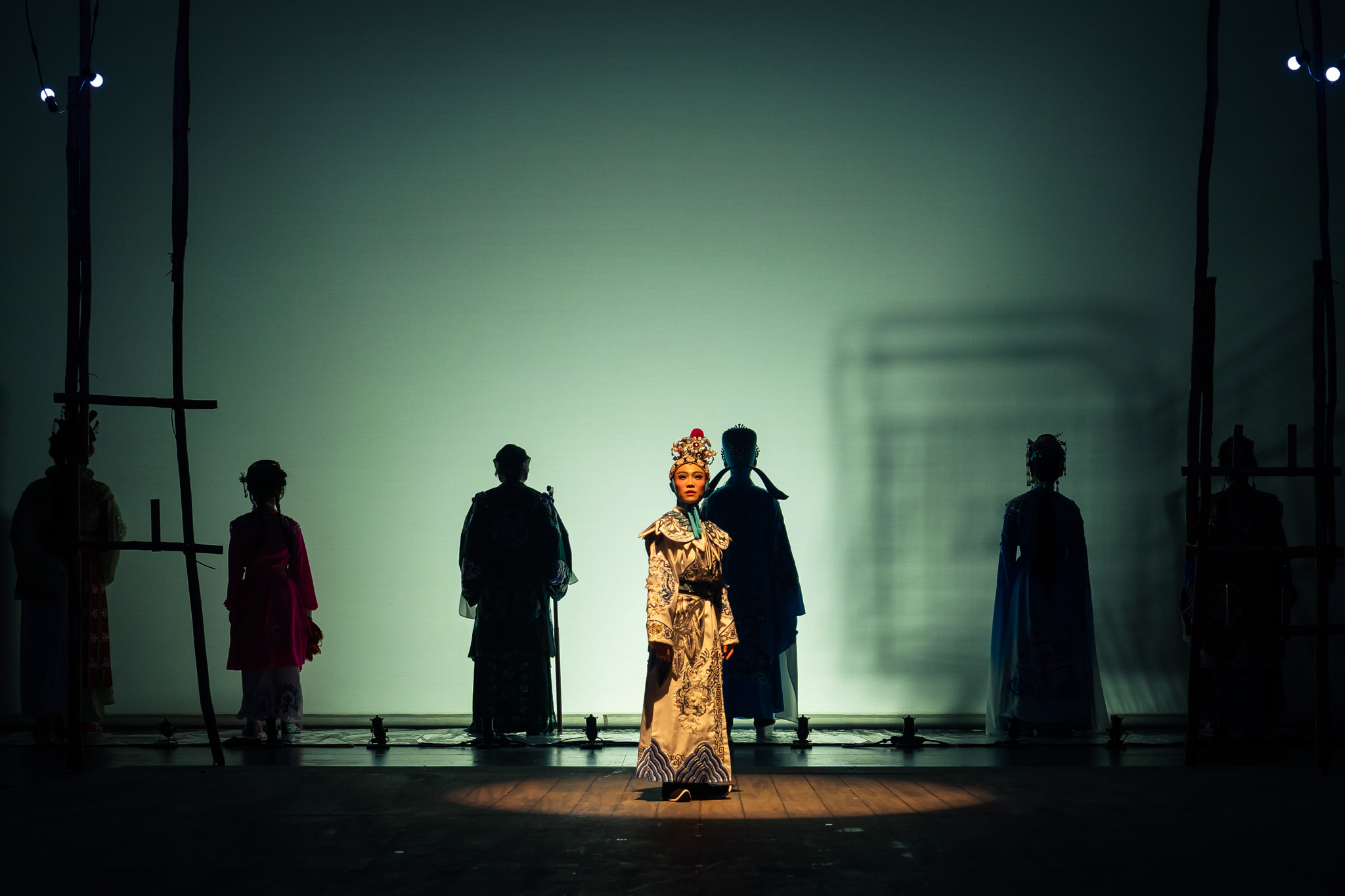In any creative field – whether it’s graphic design, music, visual arts, or theater – mentorships are commonplace as experienced hands pass the torch to the next generation. In the case of Singapore’s vibrant performing arts scene, one mentor-apprentice pairing that’s particularly striking is that of veteran playwright and director Goh Boon Teck and emerging set designer Reyn Tan.
 Goh Boon Teck
Goh Boon Teck
Their collaboration on the 30th-anniversary production of Titoudao – a classic, homegrown Chinese street opera-themed play – exemplifies the transformative power of intergenerational artistic exchange. It’s a partnership that blends traditional stagecraft (both Eastern and Western) with contemporary flourishes to speak to a new generation of audiences.
Written and directed by Goh, the play recounts the compelling life story of his mother, Mdm. Oon Ah Chiam, a devoted practitioner of Wayang (Chinese street opera). It portrays the struggles of Mdm. Oon, a petite lady with big dreams, fighting against poverty, gender inequality, and marital challenges. The story parallels pivotal events in Singapore's history, showcasing how lives have been transformed over the course of five decades.

Titoudao’s enduring popularity is a testament to its powerful storytelling and cultural significance. The production is notable for being the only successful cross-media creation, with productions screened across major platforms, such as Mediacorp, Netflix, and HBO GO. On the theatrical front, Titoudao has had seven re-stagings in Singapore and received critical acclaim over the years, earning accolades like Best Original Script, Production Design of the Year, and Play of the Year at the Life! Theatre Awards in 2001, as well as Best Costume Design in 2007.
This anniversary production, which ran from 5 to 28 July 2024 at the Victoria Theatre, featured an entirely new staging, costumes, and an all-new cast. It also included opera-trained musician Zhuang Hai Ning, who performed live during the show, adding an extra layer of authenticity to the Wayang experience.
(Related: Viola Virtuosos)
Goh, a distinguished Singaporean theater director, playwright, and production designer, has been nurturing young talents for years. His decision to mentor Tan stems from a deep-seated desire to pass on his knowledge to the next generation of designers. “It feels very fulfilling to now be nurturing and passing on my knowledge,” Goh reflects, highlighting the cyclical nature of artistic growth in the theatre community.
The 30th-anniversary production of Titoudao is particularly special for Goh. “This production has been a labor of love, honouring my mother's legacy and preserving the rich tradition of Wayang,” he explains. “It is incredibly gratifying to see it connect with audiences across generations and cultures.”
- A PARTNERSHIP OF MUTUAL RESPECT AND ADMIRATION
A Partnership of Mutual Respect and Admiration
 Reyn Tan
Reyn Tan
One of the most rewarding aspects of working with Tan has been “watching the entire set and design come to life, seeing the colors and structures materialize on stage”, he adds. Tan “incorporated our observations from traditional wayang stage designs into our production, successfully blending elements from both Eastern and Western stagecraft”.
Tan's journey into theater design began with a childhood fascination for film and television production design. This early interest, nurtured through school electives and O-level Drama, laid the foundation for their current path. Goh recognized Tan's potential, noting their keen eye for detail, patience, and ability to work independently – qualities essential for success in the demanding world of theater design.

The mentorship dynamic between Goh and Tan is characterized by a balance of guidance and creative freedom. Goh's philosophy involves providing a brief and encouraging exploration, believing that this approach allows protégés to create something truly their own. This method has proven effective with Tan, who has grown more confident and innovative under Goh's tutelage.
Working on Titoudao over the past year has been a transformative experience for both of them. For Goh, it's an opportunity to revisit a deeply personal story inspired by his mother's life as a Wayang performer. “With new staging, costumes, and a fresh cast, we're able to breathe new life into the production while staying true to its core essence. It's a tribute to the past and a nod to the future,” he says.
Tan, in turn, has had the chance to apply their design philosophy of narrative world-building to a significant piece of Singaporean theatre. They describe how Goh walked them through his vision and references for the mood and design of the piece, providing valuable guidance while allowing them the creative freedom to explore their ideas.

“I like to think of sets and scenography as the bridge between audiences and the characters,” explains Tan. “By materializing the fictional world, we lay the foundation of realizing the story to audiences and invite them to share the world with these characters on stage.” This mentorship has shaped Tan's artistic growth, teaching them to be more artistic and steadfast in their approach and creative decisions.
As for what lies ahead, both Goh and Tan are optimistic about the future of Singaporean theater. Goh hopes that this restaging of Titoudao will inspire young artists to explore their own histories and create works that reflect their unique perspectives. Tan, with aspirations to work in both theater and film, aims to incorporate the lessons learned from this mentorship into their future creative processes.
This mentorship exemplifies the power of intergenerational collaboration in the arts. It demonstrates how established artists can nurture emerging talents, ensuring the continuity and evolution of cultural storytelling. As Goh advises aspiring theatre practitioners, “There is no harm in trying, and you never know what you can achieve until you give it a shot.”







 Goh Boon Teck
Goh Boon Teck

 Reyn Tan
Reyn Tan






 Back
Back
